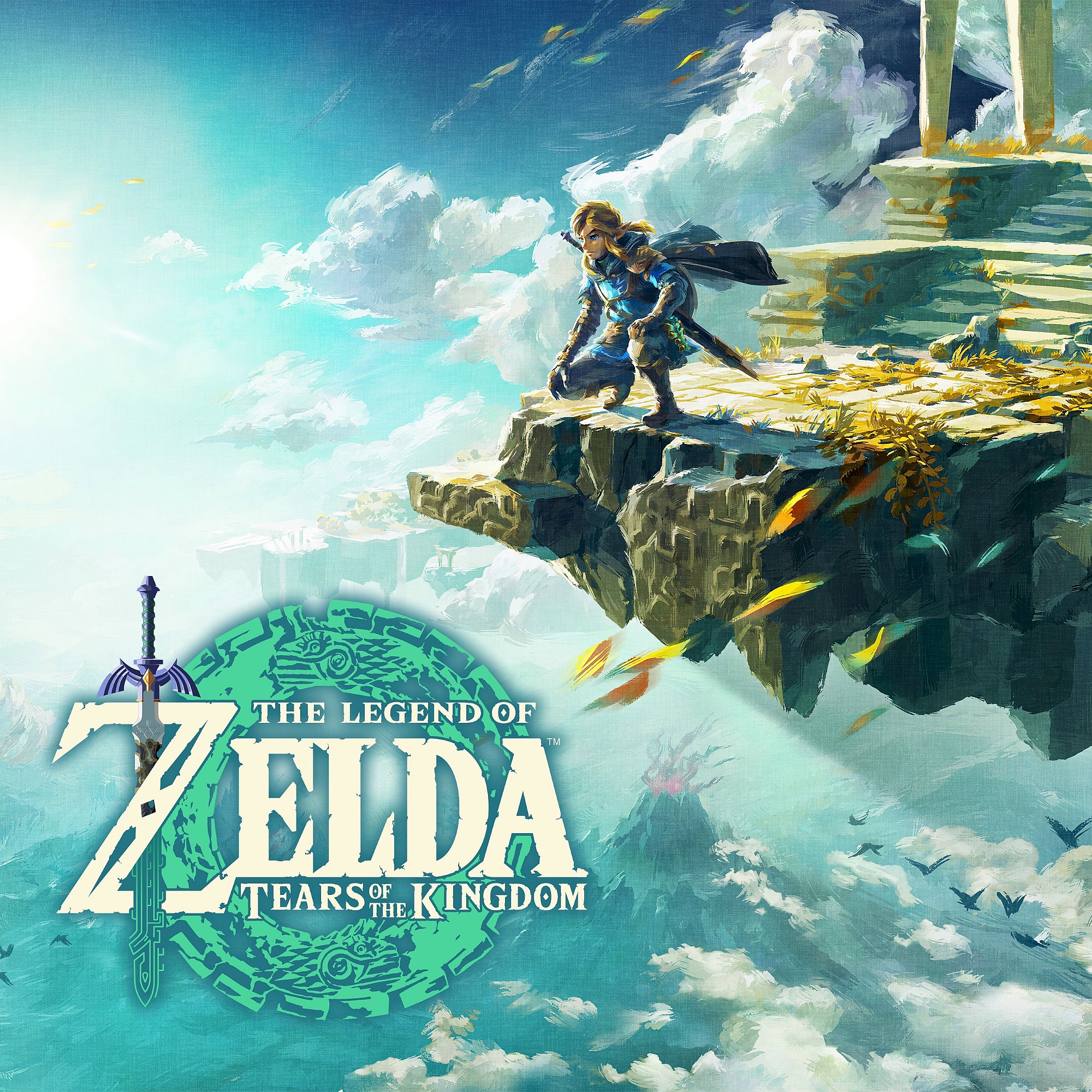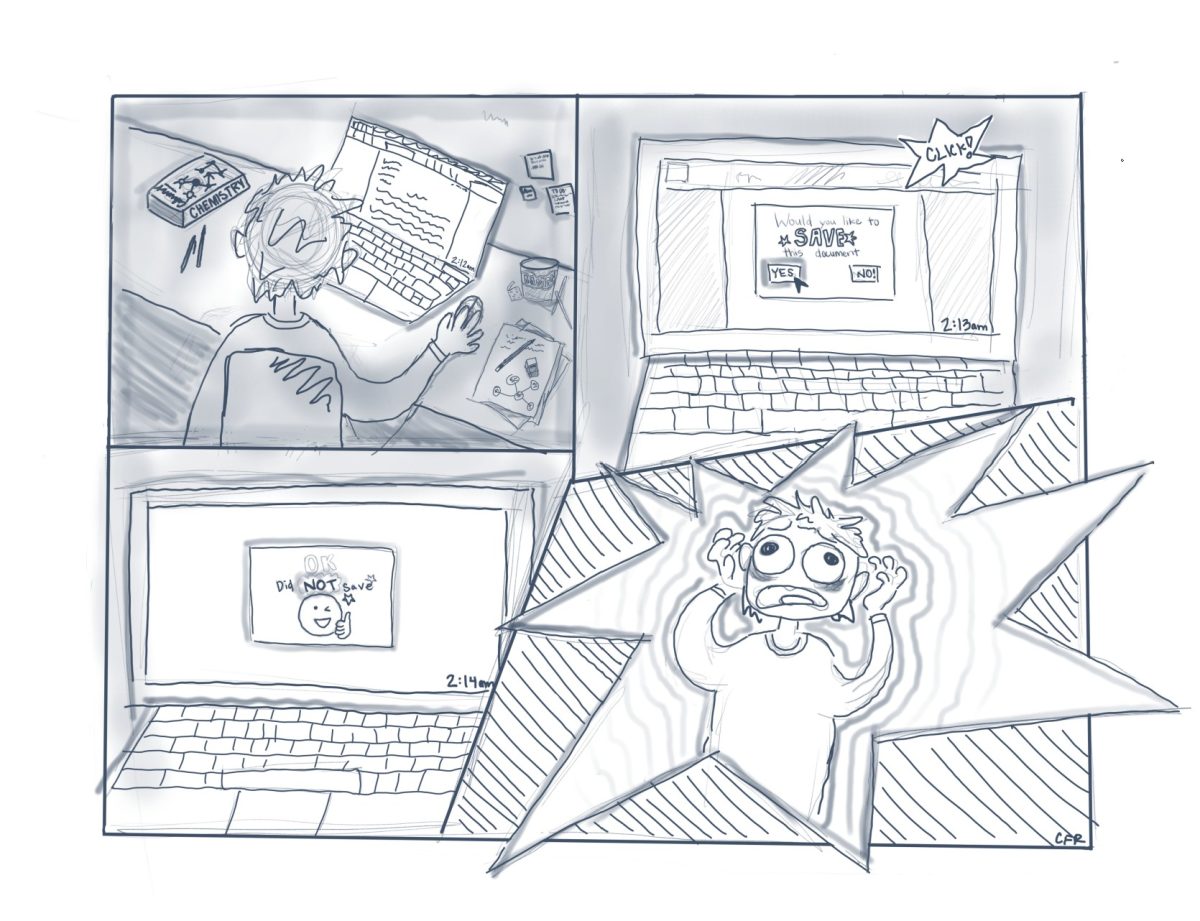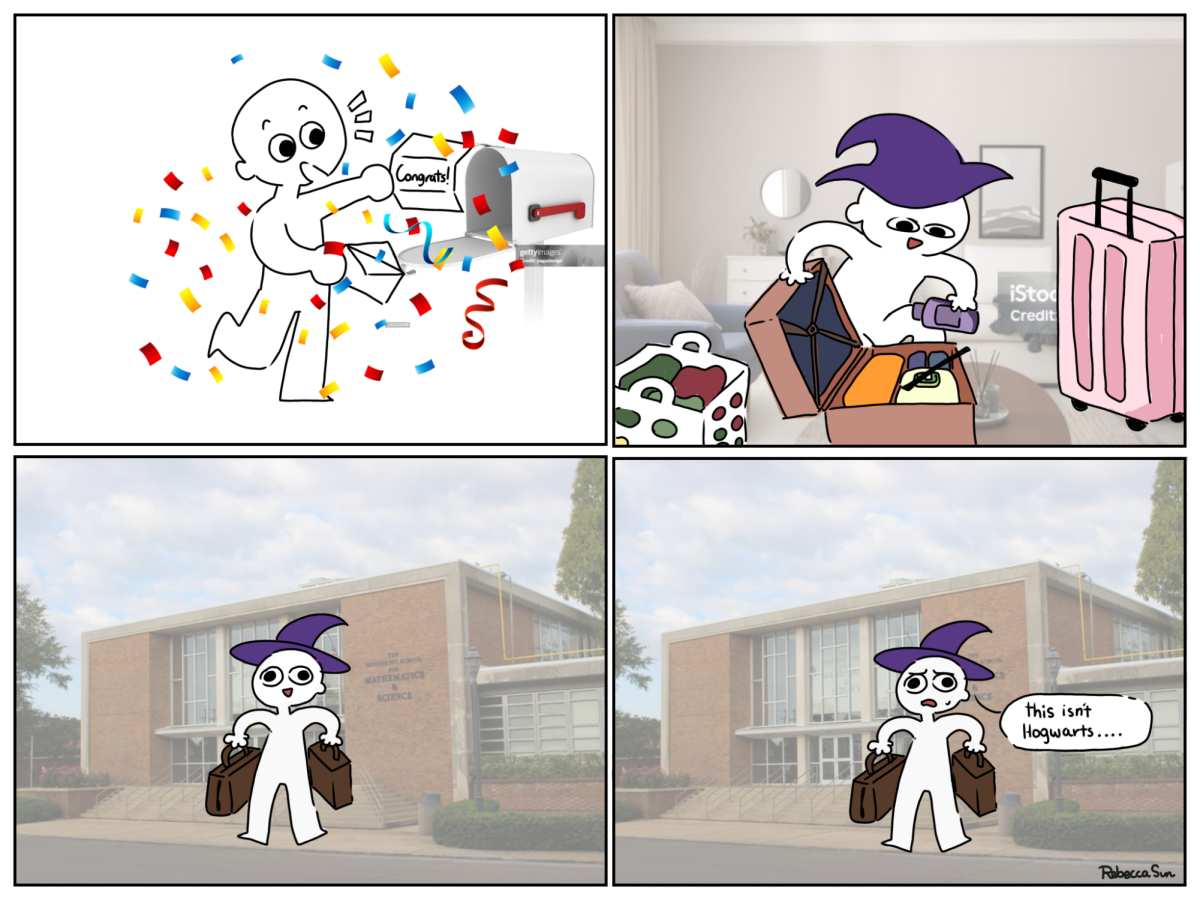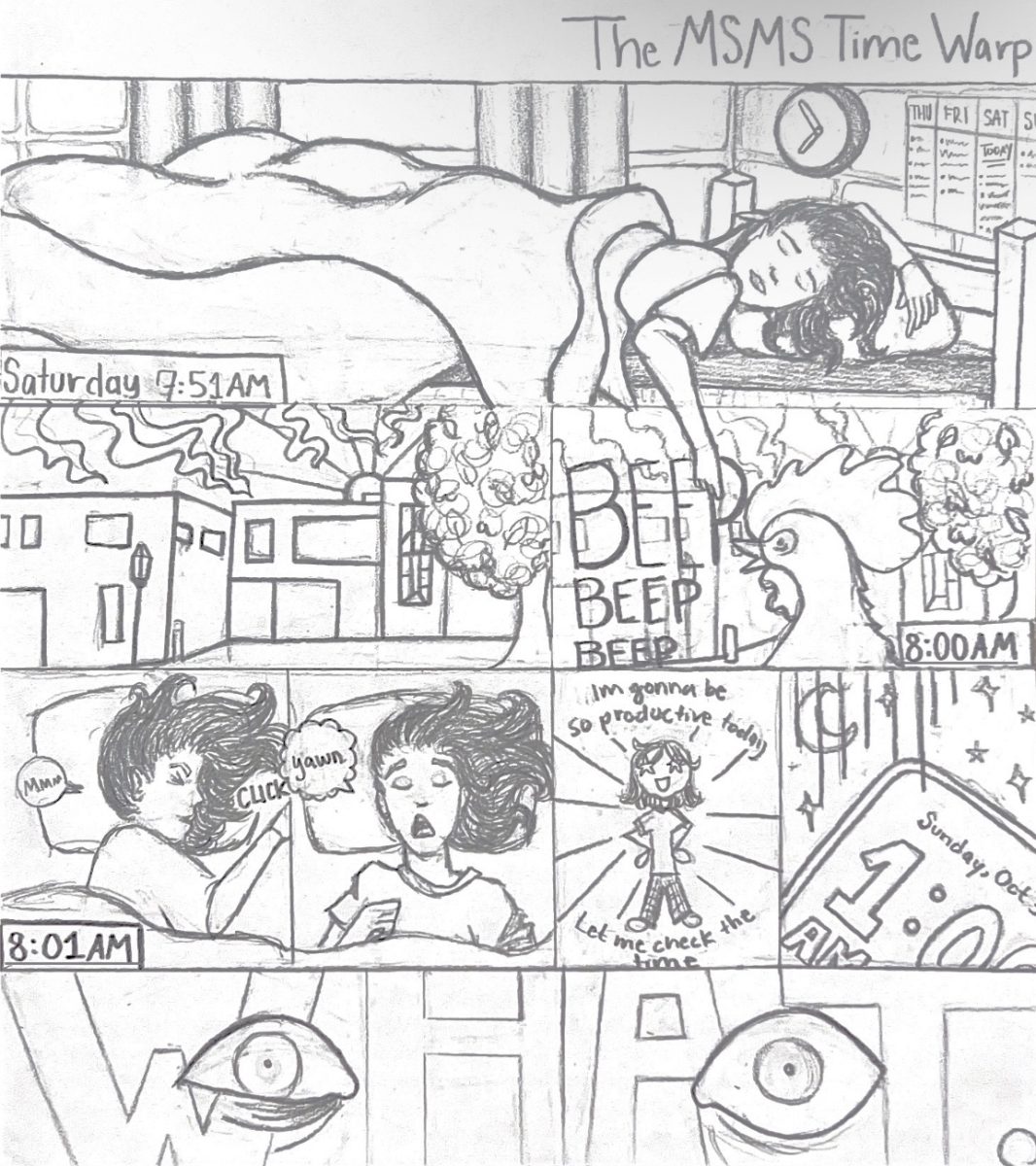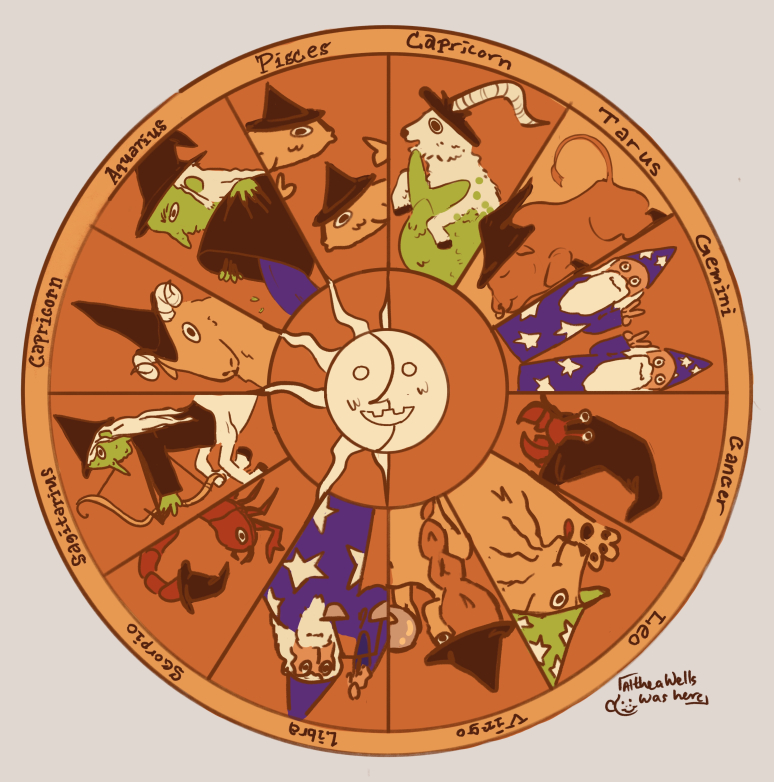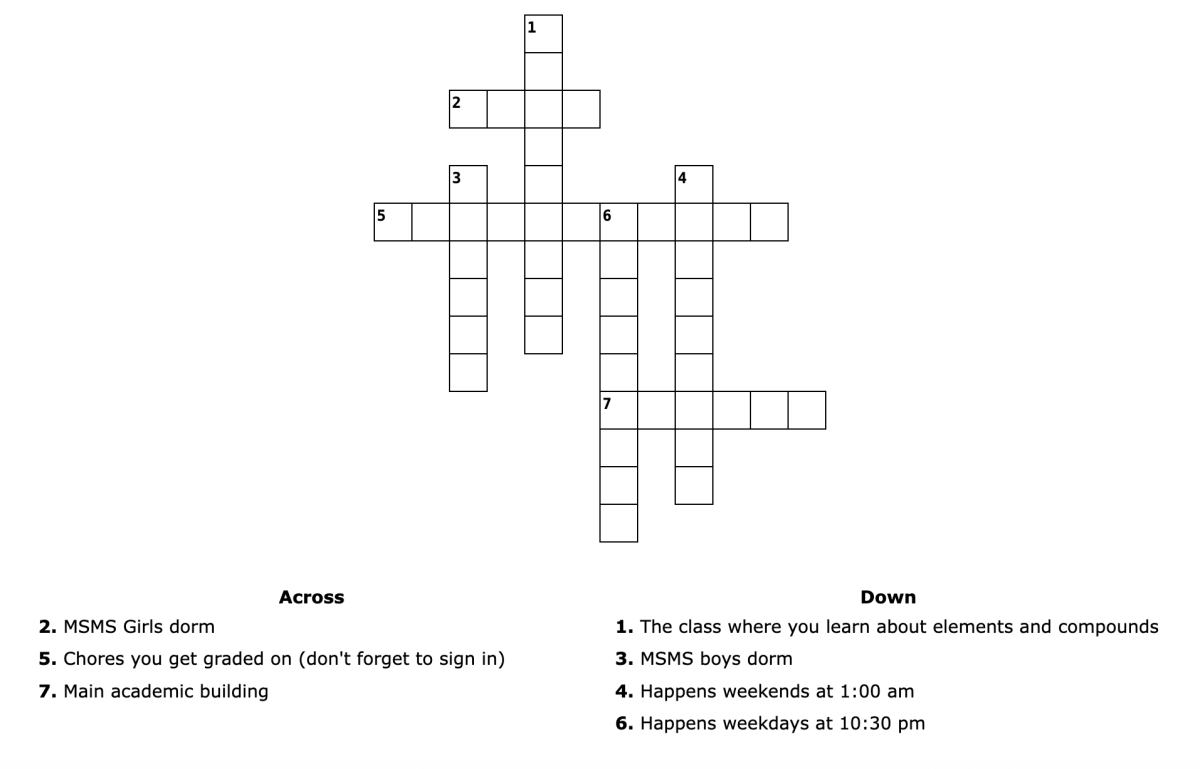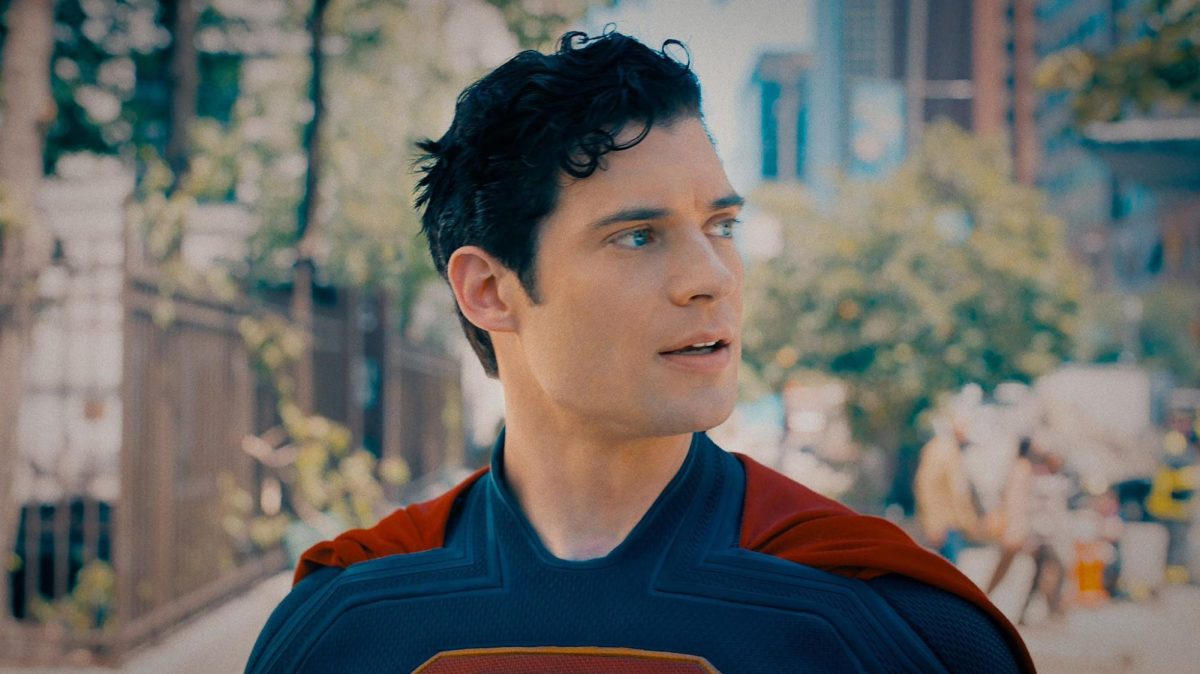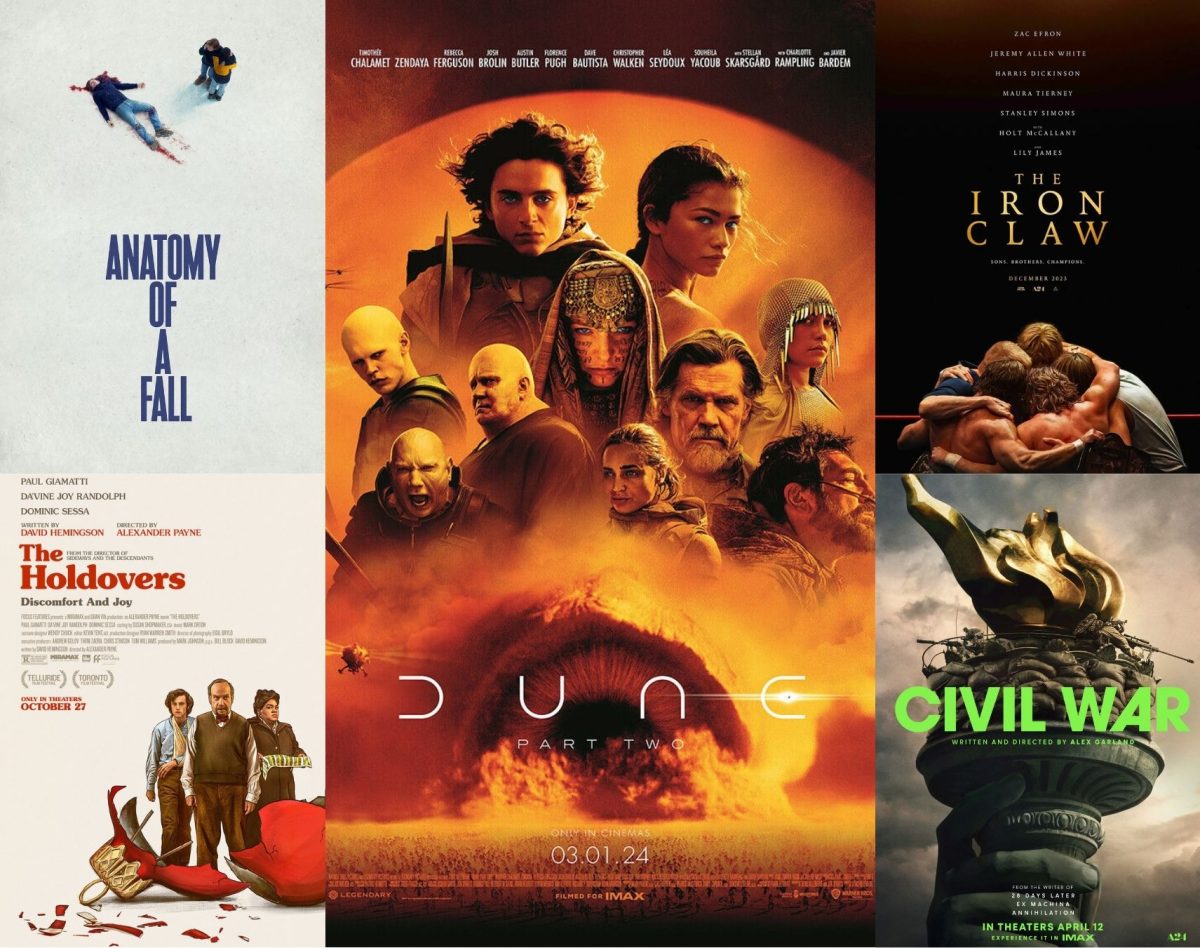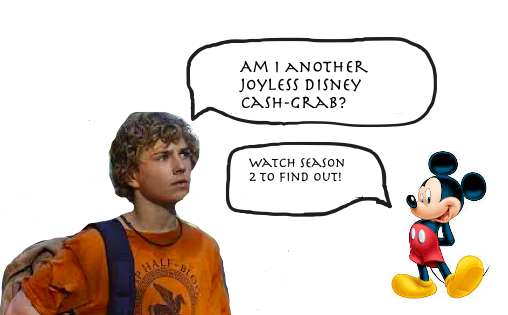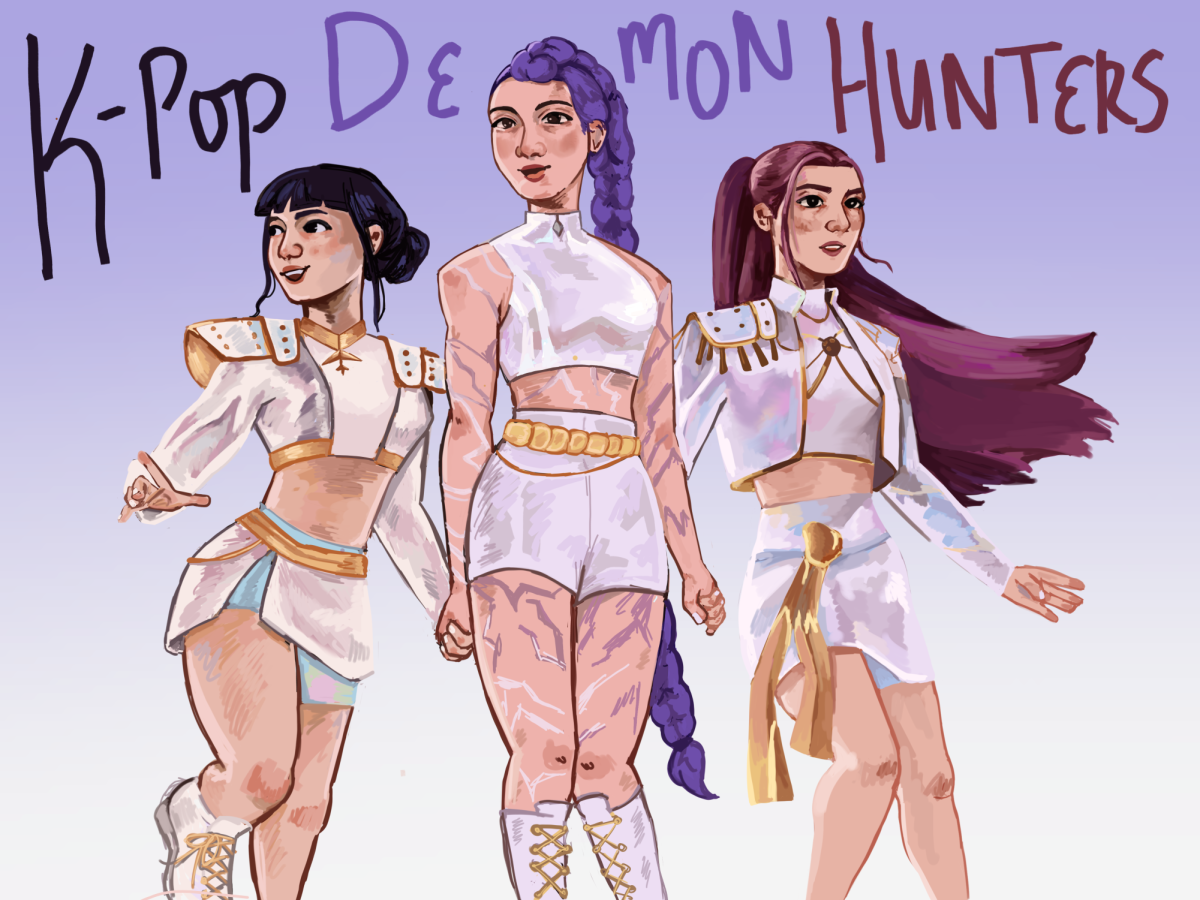When the Nintendo Switch launched in 2017, its premier title, The Legend of Zelda: Breath of the Wild, had significant expectations to live up to. At the time, there were no other major games for the system, so the game had to almost single-handedly convince consumers to buy a Switch. Looking back, it’s clear it did. Breath of the Wild was arguably responsible for the Switch selling out at launch as the game’s reviews topped charts globally.
A sequel to Breath of the Wild has been on the horizon for over four years now, but on May 12, it finally arrived. The Legend of Zelda: Tears of the Kingdom had some extreme expectations to live up to. As a follow-up to a critically praised masterpiece, does the game deliver and hit all the right notes? It, without a doubt, has.
Going into Tears of the Kingdom, many people weren’t sure how much content had been added. The game uses the same world of Hyrule utilized in the first game, and, on the surface, implements only minor overworld changes. However, the things below the surface, quite literally, make all the difference. Tears of the Kingdom added an entirely new world, titled The Depths, completely covered by darkness below the map of Hyrule. Here, the enemies are more challenging and the land is covered in a bright red goop that lowers the player’s maximum health when touched. Nintendo opted to never announce this world’s existence until after the game was released. This approach makes the reveal much more impactful when the player jumps into a chasm and the music shifts to a gloomy, orchestral trill.
The islands of the sky, the game’s main selling point, did not disappoint. As a third layer to this massive world, every island felt like it served a purpose. Boss fights, mazes and skydiving challenges are just a few of the things scattered across the clouds. It was an absolute joy to fly above the world to solve puzzles and find secrets.
Even if an open-world is vast, it means nothing if it’s an empty wasteland. However, Tears of the Kingdom does not suffer from this issue. With puzzles, monsters and landmarks scattered throughout the world, there is never a dull moment in gameplay. Also, the game never feels like it is trying to push you down a linear narrative path. From the start, there are four branching paths to choose for progression. Players can take this entire game at their own pace because the difficulty scales with gameplay by increasing enemy health, damage and loot. I, for one, loved exploring the entire world before doing anything else, and the game didn’t punish me for doing so.
Tears of the Kingdom tries to allow players to do anything. With the power to assemble contraptions of all kinds, the community has built some incredible things. Even immediately following the game’s release, some players were building giant, weaponized robots. This inspired me to do the same. The freedom to build has brought this game’s community together in a wonderful way. Your character is powerful in other world-changing ways, too. With the powers to rewind time and fly through ceilings, almost every puzzle can be solved in a way that wasn’t explicitly intended. However, this mechanic is no accident: It was a clear developmental choice.
“We made all challenges a bit easier, but thought of a bunch of different ways to get to the goal. That is why you have several different powers with which you can solve the puzzles. For all the powers, we thought of a way in which they could help you get past a problem,” said Director Hidemaro Fujibayashi in a translated interview with RTL Nieuws.
This is a unique way to encourage players to tap into their creativity. With a sandbox-style game design, the game’s players are far more creative with their tools throughout their entire experience.
The story isn’t anything groundbreaking, but a booming soundtrack makes it feel more impactful. Without spoiling anything, the game’s ending was significantly better than its predecessor. The cutscenes were also much more dramatic and important than in the previous title. Rather than focusing on building characters who were only viewable through the memories of Link, the main character, this game’s cutscenes opt to tell an entirely separate story from the one Link is experiencing. This change created a much more worthwhile reason to roam around the world since the cutscenes have been categorized as collectibles once again.
The saxophone is also a game-changer. While Breath of the Wild’s score was characterized by the quiet keystrokes of a piano, this game features a booming saxophone which illustrates the series’s growing world. Link has friends now, and the loneliness of the piano is no longer fitting. This game’s main theme is a testament to the huge, communal feeling this world has. As the instruments overlap to a powerful crescendo, it’s clear the tone of the game has shifted greatly from the somber, lonesome vibes of The Legend of Zelda: Breath of the Wild.
Tears of the Kingdom is another masterpiece from the Legend of Zelda series, and, thankfully, it hasn’t taken any steps back from the previous entry. It was a blast to play this game for hours upon hours weeks after release. There’s so much to do, and the gameplay never gets repetitive because most of it is defined by the creativity of the player. With an imaginative mindset and a stuffed inventory, the player can do practically anything.
Tears of the Kingdom is what every game in the open-world genre should strive to be. Nintendo has raised the bar once again.

